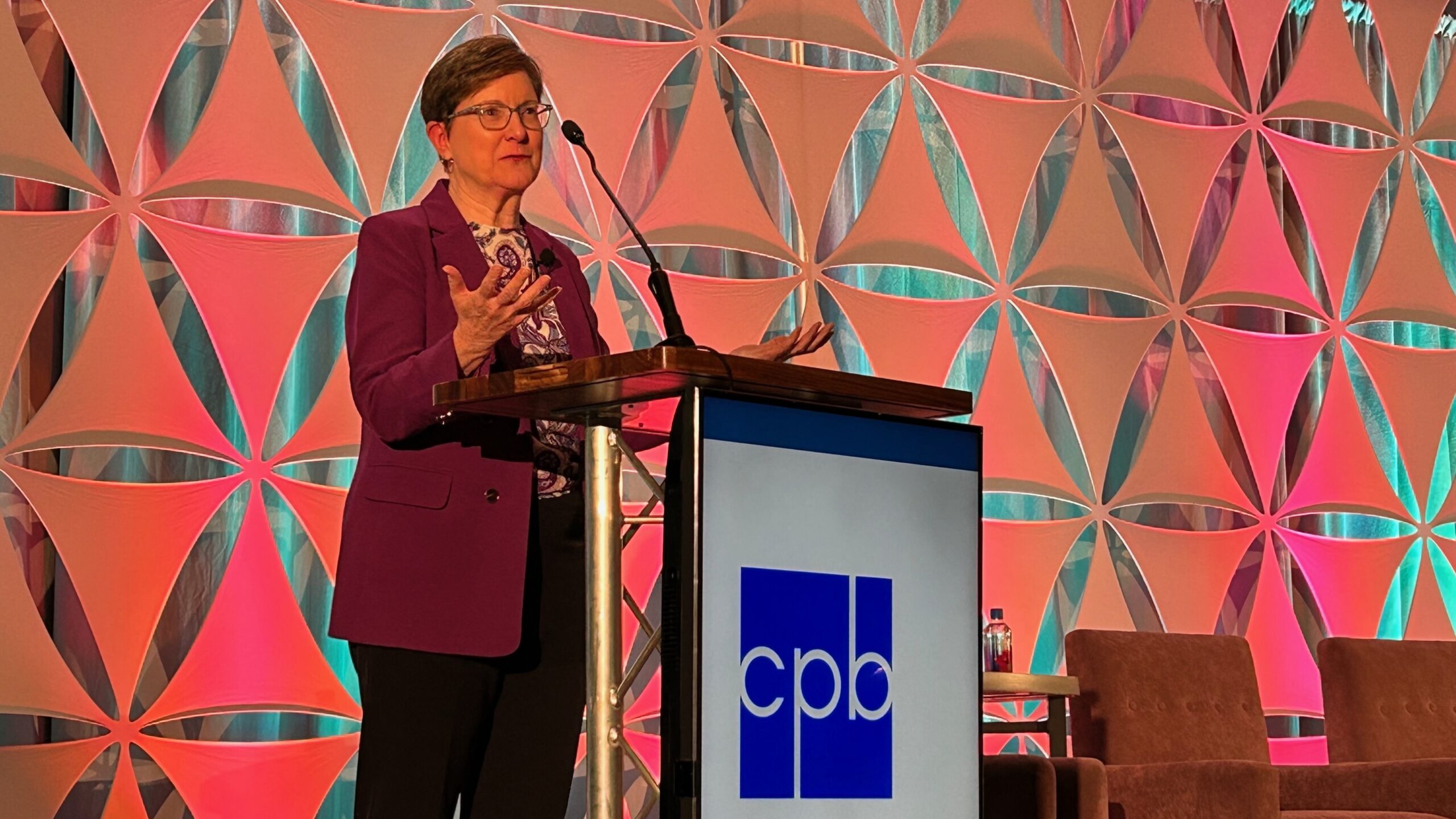For PBS pledge shows, overlap stations must pay extra or play later
The PBS Board tweaked its rules governing one of public TV’s touchiest ongoing internal disputes March 31, stepping in as a referee between major-market stations that are full members of PBS and the smaller Program Differentiation Plan (PDP) stations in the same markets that buy part of the PBS schedule — usually with restrictions on broadcast dates.
For pledge specials, however, PBS had put no such restrictions on PDP stations’ broadcast times, focusing the competition on a major revenue source.
In the PBS Board’s biggest change to PDP rules, it voted unanimously to give a pair of less attractive options to overlap stations that buy PBS’s optional package of Fundraising Programming:
- The PDP station waits months until the next pledge drive to run the latest pledge specials from the package, or
- it pays a 25 percent dues adjustment on the package fee — which PBS will rebate to the competing PBS full-member station across town. For a big-city station, that surcharge could costs tens of thousands of dollars.
The board also added new restrictions on PDP stations’ use of other shows: Of the PBS programming they buy, they can air only 25 percent in primetime. And they can run a series or program no more than twice a week.
Many factors are pushing and pulling on the PDP issues. Public TV as a group wants to encourage program differentiation, trying to minimize the frequently criticized spectacle of the same popular shows airing on multiple stations in an area. But individual stations understandably find it hard to avoid playing the shows that more people want to see.
Adjusting the ground rules was part of the PBS Board’s review of policies toward member stations that also raised sensitive questions about airing religious programs. The review is the first since 1995, prompted by “substantial changes in media and technology,” according to the board’s Station Services Committee, a body largely composed of station managers.
The new rules take effect July 1.
The adjustment of pledge-special policy is meant to “redistribute dues more equitably in multiple-station markets,” according to a rundown of the approved policies issued by PBS. But equity is in the eyes of those affected.
Before the change, the big-station leaders raged about their smaller brethren paying lower fees for the same access to shows. Afterwards, Mel Rogers, president of KOCE in Orange County, Calif., told Current it’s “unconscionable” that during a tough economy the board would impose such a fee.
A minor amendment crystallized the conflict. The board’s Finance Committee had proposed a surcharge on pledge programs of 22.5 percent, but Sharon Rockefeller, president of Washington’s WETA, proposed raising the fee to 25 percent “for clarity,” as she explained at the meeting.
Vermont Public Television’s John King objected: “The percentage seems somewhat arbitrary and hasn’t been vetted by the system,” he told the board before voting no.
The amendment passed 11-9.
Ted Krichels served on the PBS task force that developed the original PDP plan more than 10 years ago. Then he managed the smaller of two stations that share the Denver area; now he’s g.m. of the relatively isolated Penn State Public Broadcasting.
Krichels thinks that in general what PBS is saying with the new requirements “is that as part of the contract to remain a member, we’re going to tell you what’s acceptable or not,” which could be perceived as a threat to autonomy.
Overlap issues also have been complicated by technology. With local pubcasting content now on VOD, online players and mobile devices, Krichels said, the entire public TV system could be considered one big overlap.
PBS research suggested that revisions to existing policies could “strengthen the goal of differentiation” in the 22 markets that have at least one full NPS and one PDP broadcaster, the committee said.
KOCE manager Rogers thinks that approach is misguided. He co-directed a 1998 PBS study on the effect of overlap stations in multiple markets. All the data he saw then—and since—disputes the view that PDP stations “cannibalize” full-member stations, he said. Instead, research shows that multistation markets outperform sole-service areas in audience and donations, he said.
“I spoke to [the Station Services Committee] on Day One and asked them to please make their decisions based on data, not on a few stations that complained about what’s going on in their markets where other stations exist,” Rogers said.
“Just imagine, all stations in a town working in sync with one another, strategically scheduling content, cross-prompting, growing the pie, building overall audience.”






